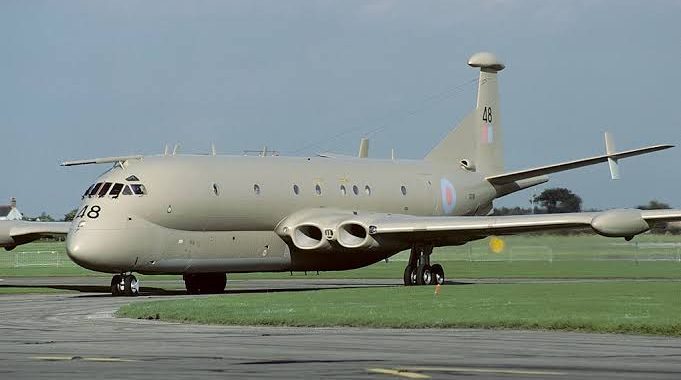Interesting facts about the Hawker Siddeley Nimrod; The Maritime Patrol and Reconnaissance Aircraft
The aircraft for today is the Hawker Siddeley Nimrod which served the United Kingdom as their Maritime Patrol aircraft that was developed in the UK. The aircraft was built after doing massive modifications on the design of de Havilland Comet which was the world’s very first jet airliner. The aircraft was originally designed by the … Continue reading Interesting facts about the Hawker Siddeley Nimrod; The Maritime Patrol and Reconnaissance Aircraft
